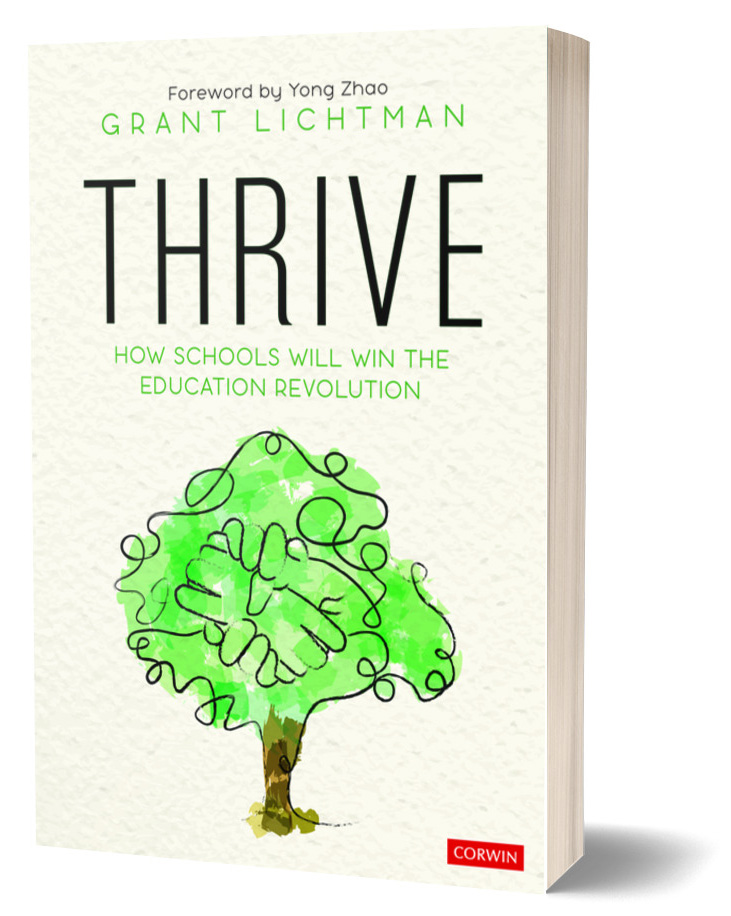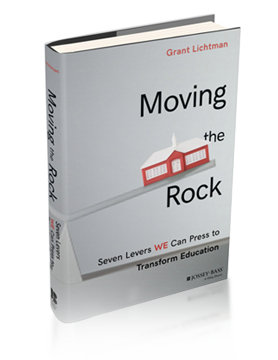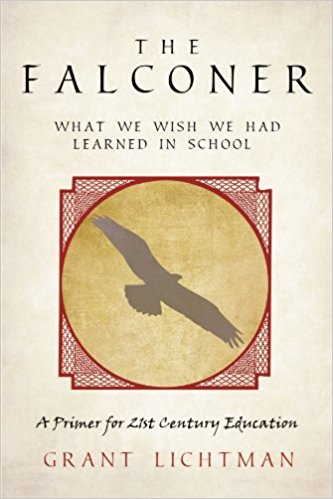 In another sign that the era of traditional five-year school strategic plans are dead, take a look at the approach led by head of school Ned Murray and this team at Episcopal Day School in Augusta, GA. It is simple, clean, and generates action items based on aspirations and big questions, rather than the backward-looking distillation of performance that leads most schools to create plans that are vastly more tactical than strategic. The four steps are:
In another sign that the era of traditional five-year school strategic plans are dead, take a look at the approach led by head of school Ned Murray and this team at Episcopal Day School in Augusta, GA. It is simple, clean, and generates action items based on aspirations and big questions, rather than the backward-looking distillation of performance that leads most schools to create plans that are vastly more tactical than strategic. The four steps are:
- Clarifying identity, mission and values. I would suggest that schools try to trim these down to no more than five, and no cheating with long, run-on sentences full of ill-defined adjectives and platitudes. To be truly strategic, organizations need to focus much more on their core values and less on including words that make every stakeholder feel comfortable.
- Core design principles. What are the boundary conditions within which you will design? For EDS, they are the five unique themes in bold below.
- Aspirational questions: Within each design principle, what are the big questions that articulate your aspirations?
- Strategic Plan: Finally, how will we strategically answer these aspirational questions. If you want to end up with a strategic plan, then these answers must be truly strategic. Otherwise you have a tactical plan, which is absolutely fine, and often essential. But school leaders must be clear about the difference between the two.
Ned was kind enough to share their work product as an example of this kind of thinking:
ROOTED AND INNOVATIVE: How might we honor the Episcopal Day School foundation and traditions
that connect us across generations while we foster a culture that encourages innovation and
experiential learning. AND How might we effectively link the core knowledge and skills required for academic
success with the real world experiences that allow students to become lifelong learners in an
ever changing society?
ORDER AND WILDNESS: How might we work toward a place where learning and growth best
happen, in the tension between feeling secure and taking risks?
PERFORMANCE AND PLAY: How might we balance opportunities for competition, performance, and
the practice of fundamental skills with creative self-expression and play?
WONDER AND DISCOVERY: How might we nurture a culture where people explore deeper
understanding of their uniqueness and purpose in God’s world?
INDEPENDENCE AND COMMUNITY: How might we uphold individual identity and autonomy while cultivating
community and accountability?
I love the creative language and balance of their design principles, what I see in my teacher’s imagination when I think about “order and wildness” and “performance and play”. And I love that each of the questions is framed within the language of a design challenge using “how might we”. Now, each of these can BECOME a design challenge for the school to tackle. These create dynamic opportunities for ongoing growth across the school, not a tactical box to check off on a five-year report card.
Of course these principles and questions are those of EDS; your school will come up with their own. But before creating a long list of tactics with boxes to be checked off in the next five years, I urge school leaders to think about a more thoughtful process that focuses on real strategy, which is all about ensuring long-term success in an increasingly competitive and VUCA education market.












Leave A Comment